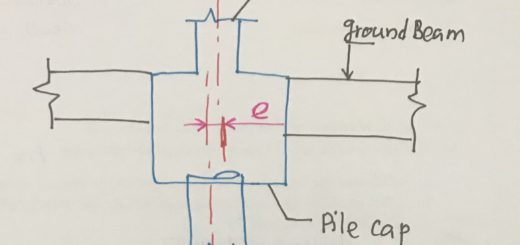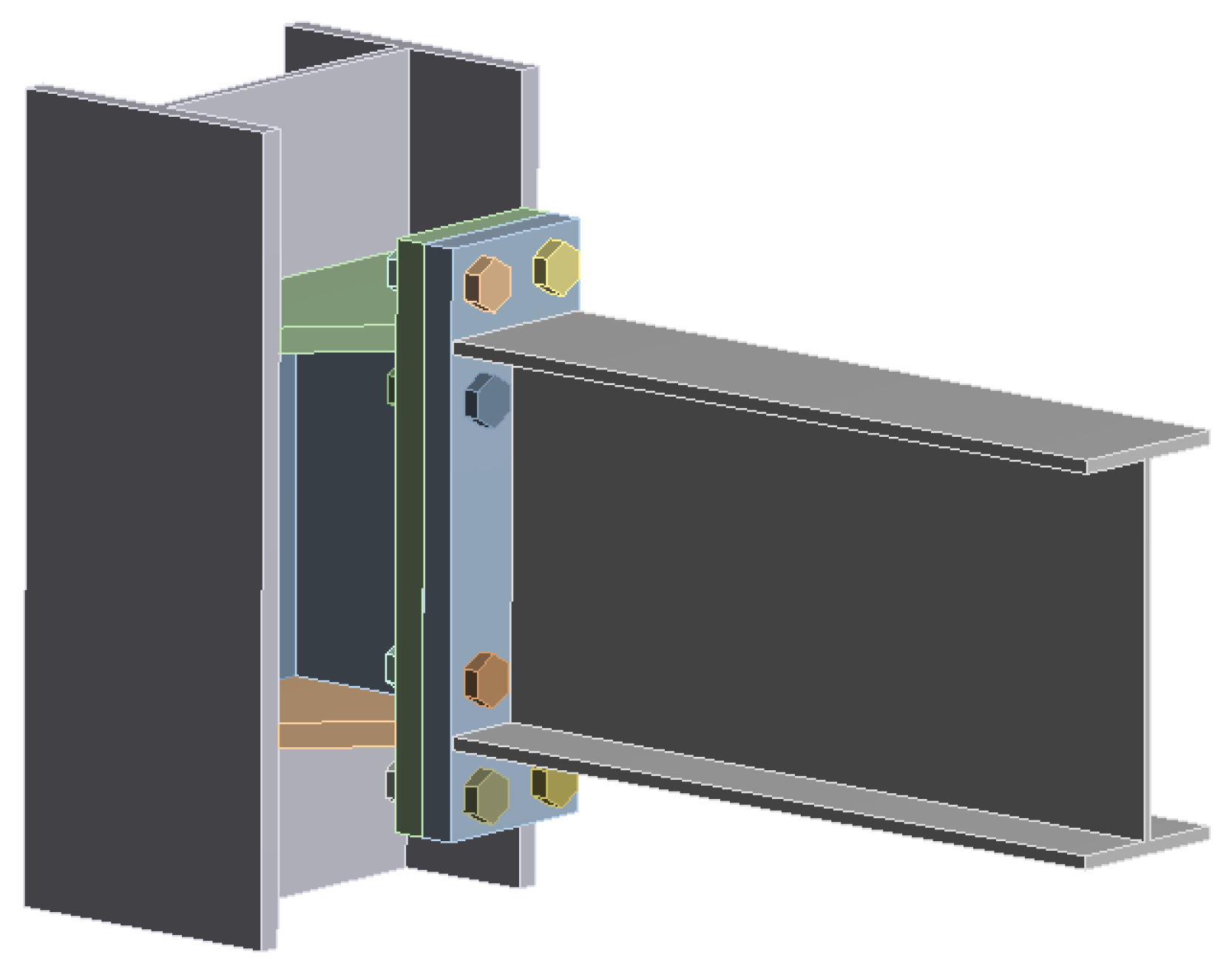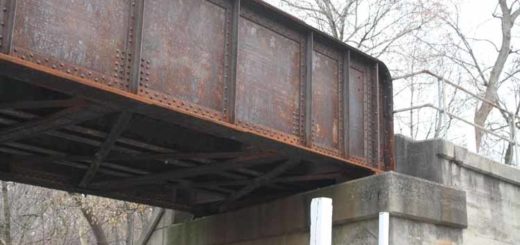Reinforced Concrete – Useful Information
Reinforced concrete is a combination of concrete and reinforcements. There are different types of concrete that do not include reinforcements.
Gravity structures such as retaining walls, mas concrete dams, etc are constructed without reinforcements. They are constructed in a way that does not develop the tensile stresses in the section.
If no tension in the concrete, no reinforcement is required for such structures. This does not mean that it applies to all the structural elements.
For example, concrete columns subjected to pure compression when the tension stresses induced by the bending moments are less than the axial compression. Though the section is in full compression, we have provided the reinforcements at least to avoid buckling.
The nature of the structure decided with it is to be reinforced concrete or unreinforced concrete.
The most widely used construction material is the reinforced concrete when compared to other materials such as steel and timber.
The combination of reinforcement with concrete provides the required strength. Adjustment to the element sizers is made based on the applied loads such as axial force, bending moments, shear forces, torsional moments, etc.
Both the cast in situ concrete and precast concrete can be reinforced.
Why do we Need Reinforcements?
As we all konw, the concrete is strong in compression and weak in tentions. Genearlly the the tensile capacity of the concrete about 1/10 of its compressive strength.
Therefore, we need something to bear the tensile stresses when developed in a section with the actions of loading. In this background, compression stress can be born by concrete and tension stress will be transferred to reinforcement as concrete cannot carry such large stress without cracking.
Generally, there are two categories for reinforced concrete depending on the reinforcement requirement. They are
- Singly reinforced
- Doubly reinforced
The nature of the load and amount of load will decide whether it is required to provide compression reinforcement or not. The articles Desing of singly reinforced beam and Design of doubly reinforced section could be referred for a method of designing a section.
Attention shall be made to the durability requirements and durability of concrete when reinforced concrete is designed.
Concrete could deteriorate due to various issues such as carbonation, chlorination, etc. Therefore, necessary cover to the reinforcement, grade of concrete, and relevant water-cement ration, suitable construction material, ect. shall be selected property as per the engineering requirement before the construction.
Let’s discuss a few important facts about reinforced concrete
- Cover to the Reinforcement
This is selected based on the exposure class and the fire rating of the concrete.
- Concrete Grade
Selected based on the exposure class and as per the durability requirements. The standards BS 8500 provide a comprehensive guide to select the concrete.
- Reinforcements
Reinforcement shall be tested in accordance with the relevant standards before use. The sequence of tenting and sampling shall be as per the specification or relevant code.
- Characteristic Strength of Concrete
The characteristic strength of the concrete is the parameter/strength we used to design the structure.
- Factors affecting strength of concrete
The article factors affecting strength of concrete could be referred to for more information.
- Serviceability Limit State
All the structures are checked for the serviceability limit state. It is the state that the structure checked for factored loads.
Sizing of foundations, deflections, crack control, etc are checked for the serviceability limit state.
- Ultimate Limit State
All the structures are designed for the ultimate limit stage. Load factors are based on the type of loads and as per the relevant standards.
- Reinforcement in reinforced concrete
The usual reinforcement is provided in the reinforced concrete structure. Apart from that other types of reinforcements such as fiber reinforcement are also used in the construction as reinforcements to bear the tensile stresses in the concrete.
- Waterproofing
All the reinforced concrete structures constructed underground or below the water table are subject to damping and subsequent it could lead to corrosion when such reinforced concrete exposed to oxygen.
Depending on the importance of the structure, structures are waterproofed.
This can be considered a durability requirement.
The article advantage and disadvantage of reinforced concrete could be referred for more enforcement on its usage.



